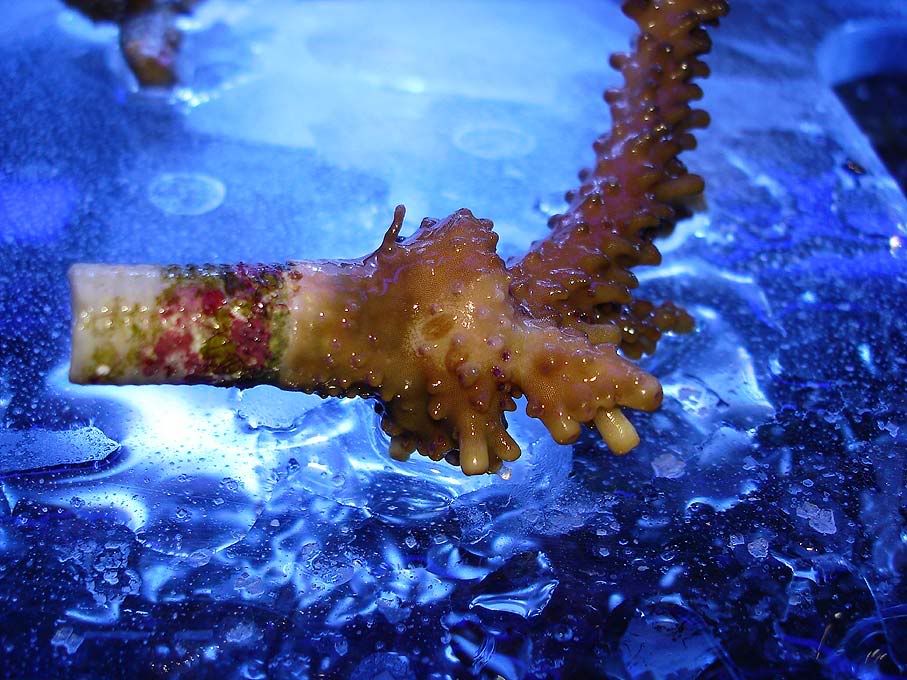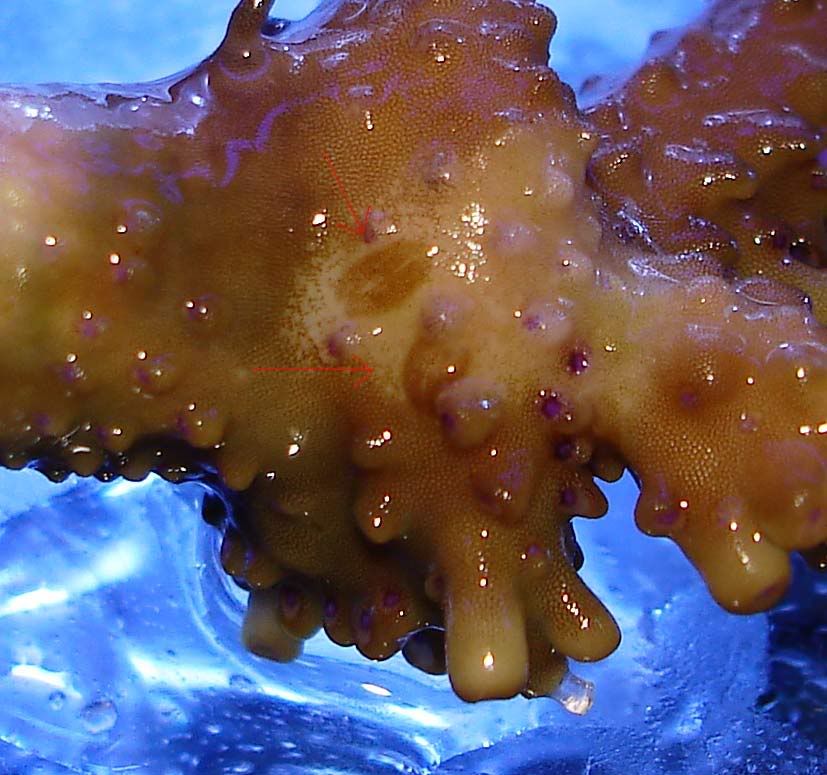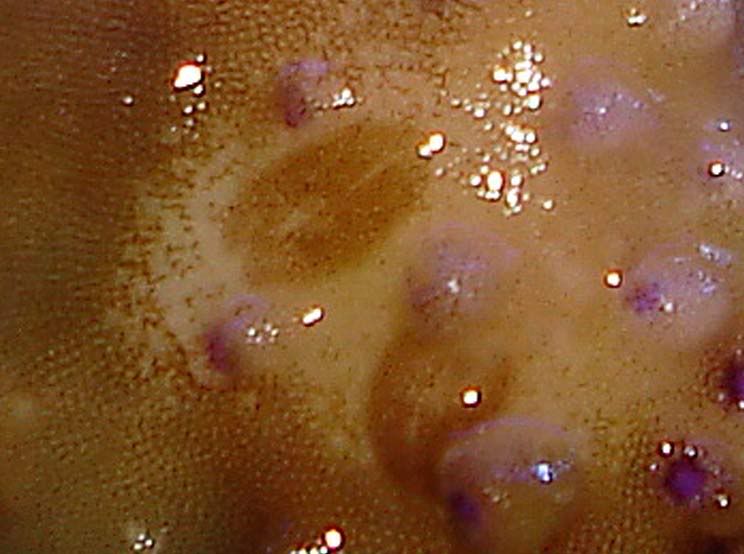You are using an out of date browser. It may not display this or other websites correctly.
You should upgrade or use an alternative browser.
You should upgrade or use an alternative browser.
Wanted: acropora eating flatworms
- Thread starter EricHugo
- Start date
Mchava
Active member
i think its verry hard to spot them since the only way I am able to tell that there are flat worms is from the egg masses and the white spots on the acro where the flat worm has eating part of it. I've talked to my friend and he will see about catching some for me next time he cleans his tank. Also let me see if I still have pic of the one I had in my tank before.
Mchava
Active member
okay here are the once I had in my tank. Not the best picture but you can see that they will take on the color of the acro once it begins to die. This suckers almost killed my intire tank.
http://reefcentral.com/gallery/showphoto.php?photo=82653&papass=&sort=1&thecat=500
http://reefcentral.com/gallery/showphoto.php?photo=82653&papass=&sort=1&thecat=500
Clkwrk: Those are the ones I was expecting. If you removed them and they are off the coral surface, do they look like dolt's? Because dolt's and another guy who emailed me with photos seem to have another type that are smaller. The ones I have are the size of those in some of dolt's photos but are smooth and dark and definitely do not mimic the surface texture of the Acropora - yours are cryptically colored. And, McHava, I can't even tell if those are flatworms....they look more like nudibranchs from the photo.
Travis
10 and over club
Eric,
You may already have these pictures as I posted them in other AEFW threads but I will post them here also just in case.
These first pictures are of some that I dealt with back in January 2005. These were large and somewhat transparent, which helped them blend in with the color of the coral.
<img src=http://sio.midco.net/cdshelton/website/SPS-Eating-Flatworms/123_2396.JPG>
<img src=http://sio.midco.net/cdshelton/website/SPS-Eating-Flatworms/123_2400.JPG>
<img src=http://sio.midco.net/cdshelton/website/SPS-Eating-Flatworms/124_2407.JPG>
Here are some pictures of the damage caused to the coral. About a month prior I had superglued areas of recession on this coral thinking it was some sort of STN that could be stopped by superglueing the receding area. This picture was also taken after fragging the coral as a last ditch effort to save it before I found the FW's.
<img src=http://sio.midco.net/cdshelton/website/SPS-Eating-Flatworms/124_2401.JPG>
<img src=http://sio.midco.net/cdshelton/website/SPS-Eating-Flatworms/124_2402.JPG>
<img src=http://sio.midco.net/cdshelton/website/SPS-Eating-Flatworms/124_2403.JPG>
You may already have these pictures as I posted them in other AEFW threads but I will post them here also just in case.
These first pictures are of some that I dealt with back in January 2005. These were large and somewhat transparent, which helped them blend in with the color of the coral.
<img src=http://sio.midco.net/cdshelton/website/SPS-Eating-Flatworms/123_2396.JPG>
<img src=http://sio.midco.net/cdshelton/website/SPS-Eating-Flatworms/123_2400.JPG>
<img src=http://sio.midco.net/cdshelton/website/SPS-Eating-Flatworms/124_2407.JPG>
Here are some pictures of the damage caused to the coral. About a month prior I had superglued areas of recession on this coral thinking it was some sort of STN that could be stopped by superglueing the receding area. This picture was also taken after fragging the coral as a last ditch effort to save it before I found the FW's.
<img src=http://sio.midco.net/cdshelton/website/SPS-Eating-Flatworms/124_2401.JPG>
<img src=http://sio.midco.net/cdshelton/website/SPS-Eating-Flatworms/124_2402.JPG>
<img src=http://sio.midco.net/cdshelton/website/SPS-Eating-Flatworms/124_2403.JPG>
Travis
10 and over club
I just dealt with these guys again a few months ago. I believe I encountered two types of worms. This is just my hypothesis and could be way off. One type seemed to like to eat the tissue from the base up. The second type ate the tissue in random areas all over the coral leaving "bite" marks. This could be the same type feeding in two different ways. I also found some that were large and generally clear and some that were small and brown. Again, could be the same type in different stages of development.
Here is a picture of an acro with a large egg mass and you can also see one of the small brown FW's in the upper right of the pic.
BTW, I still have this coral. I set it out to dry as it was so severly infected that I felt there was no hope and I didn't want to bother with all of those eggs that were there. When I first found eggs and that 1 FW I loooked the coral over for a good 10 minutes with a magnifying glass and couldn't find any more FW's. To my suprise, after the coral dried out for a day, I saw about 10-15 more FW's on the branches. The FW's still appeared moist on the dry acro. I don't know if it would be of any use, but I could send you this acro. The eggs are still there and I believe the FW's are still visible. Maybe you could check and see if the eggs can still be hatched out after adding them to a tank.
<img src=http://notlehs.com/travis/AEFW/AEFW%20on%20valida%204-7-06.jpg>
After finding that I had the FW's again I decided to treat all of my acros. After the first levamisle 40ppm treatment for 5 hours many of the adults were only "stunned" and still stuck to the bottom of the treatment tank. I siphoned them into a 5 gallon bucket as I was going to save them but they all died. Here is a picture of some of them in the bucket. When you consider the size of a 5 gallon bucket, you can easily see that some of these were quite large.
<img src=http://notlehs.com/travis/AEFW/142_4224.JPG>
Here is a picture of an acro with a large egg mass and you can also see one of the small brown FW's in the upper right of the pic.
BTW, I still have this coral. I set it out to dry as it was so severly infected that I felt there was no hope and I didn't want to bother with all of those eggs that were there. When I first found eggs and that 1 FW I loooked the coral over for a good 10 minutes with a magnifying glass and couldn't find any more FW's. To my suprise, after the coral dried out for a day, I saw about 10-15 more FW's on the branches. The FW's still appeared moist on the dry acro. I don't know if it would be of any use, but I could send you this acro. The eggs are still there and I believe the FW's are still visible. Maybe you could check and see if the eggs can still be hatched out after adding them to a tank.
<img src=http://notlehs.com/travis/AEFW/AEFW%20on%20valida%204-7-06.jpg>
After finding that I had the FW's again I decided to treat all of my acros. After the first levamisle 40ppm treatment for 5 hours many of the adults were only "stunned" and still stuck to the bottom of the treatment tank. I siphoned them into a 5 gallon bucket as I was going to save them but they all died. Here is a picture of some of them in the bucket. When you consider the size of a 5 gallon bucket, you can easily see that some of these were quite large.
<img src=http://notlehs.com/travis/AEFW/142_4224.JPG>
<a href=showthread.php?s=&postid=7695218#post7695218 target=_blank>Originally posted</a> by EricHugo
I don't have time to read that whole thread...has anyone determined the hatch time of the eggs?
I believe it was anecdotally calculated to be 12 - 14 days, but to be honest I can't recall which thread or poster came up with that number.
Thanks everyone, and also for the offers and PM's. I definitely found another AEFW, but look forward to getting this "regular" variety when I return. Will pick this thread back up on the 17th when I get back in the country and thank you all very very much for the photos and information to date.
Similar threads
- Replies
- 5
- Views
- 130
- Replies
- 0
- Views
- 212



